In this article we dig into an element of design that's not just important to race cars, but every vehicle, or really anything and everything that's designed and engineered. I'm talking about aerodynamics. In this chapter, we're asking, could today's solar race cars drive us toward a more aerodynamic future?
Simply put, aerodynamics is the study of how an object moves through the air. But how do you engineer something to be aerodynamic?
Now if we take a plane design as an example... We have four forces of flight, say that three times fast, to consider here. The first is weight. That is the downward force exerted on the object by gravity. The opposing force to that to that is lift. That's the upward push, typically provided by the air underneath the moving object. Then there's thrust. That's the forward force that moves an object forward like, in the plane's case, the plane's engines. And then finally, there's drag, and that goes in the opposite direction to thrust. It's the force that resists an object's motion.
Now, whether we're talking about planes, spacecraft or solar race cars, the same four forces are always at play. This is a 3-D printed model of Black Mamba, the Stanford Solar Car Project's solar racer for the 2019 World Solar Challenge. When designing Black Mamba, the Stanford team had to account for weight. They wanted to keep the car as light as possible. And that's because, the lighter the car, the less force it takes to move the car.
the Stanford Solar Car Project's solar racer for the 2019 World Solar Challenge. When designing Black Mamba, the Stanford team had to account for weight. They wanted to keep the car as light as possible. And that's because, the lighter the car, the less force it takes to move the car.
The real Black Mamba tips the scales at roughly 180 kilograms.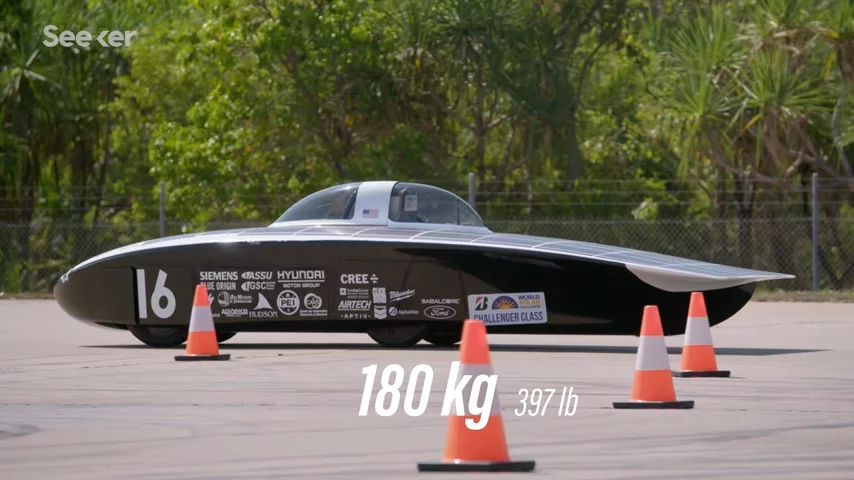 As far as cars go, that's really light. And traction and road grip are also crucial to maneuvering and winning races, because they can counteract lift.
As far as cars go, that's really light. And traction and road grip are also crucial to maneuvering and winning races, because they can counteract lift.
See, race cars are often so fast and so light, they're at risk of literally taking off. So, using taller, wider tires, and specially designed spoilers or wings that redirect the air around the vehicle often factor into a race car's design to help the vehicle keep in contact with the road.
Then we've got thrust. And this one's pretty straightforward. It's the power pushing the race car forward. That's typically generated under the hood by the car's engine.
Traditionally, with fossil fuel powered vehicles, this power output is measured in horsepower. But with electric or battery powered vehicles, we can also think of it in terms of kilowatts, with one kilowatt equaling roughly 1.34 horsepower.
The real Black Mamba has an engine powered by a 45 amp hour lithium-ion battery, which is actually much smaller and less powerful than what something like a Tesla uses for its battery. But because the car is so light, Black Mamba can top out at around 110 kilometers per hour, even with that battery.
And finally, there is drag. That's the resistance caused by air pushing against a race car as it drives forward. In order to calculate drag, you multiply the drag coefficient by the density of the air times half of the velocity squared times the object's frontal area.  Now, don't worry, you'll probably never have to use this calculation unless you're a NASA or NASCAR engineer. This complex equation does give you a sense of how many factors are at play when we talk about drag, including the all-important drag coefficient.
Now, don't worry, you'll probably never have to use this calculation unless you're a NASA or NASCAR engineer. This complex equation does give you a sense of how many factors are at play when we talk about drag, including the all-important drag coefficient.
The drag coefficient is the number we use to quantify the resistance that the object encounters when moving through a fluid. In this case, our object is our solar race car and our fluid is air. Some other factors that affect drag coefficient include the object's shape and surface roughness to reduce friction between the car and the air.
If you watched our documentary series on the 2019 World Solar Challenge, you may recall that teams like the one from Tokai University worked really hard to make their cars seamless and slippery.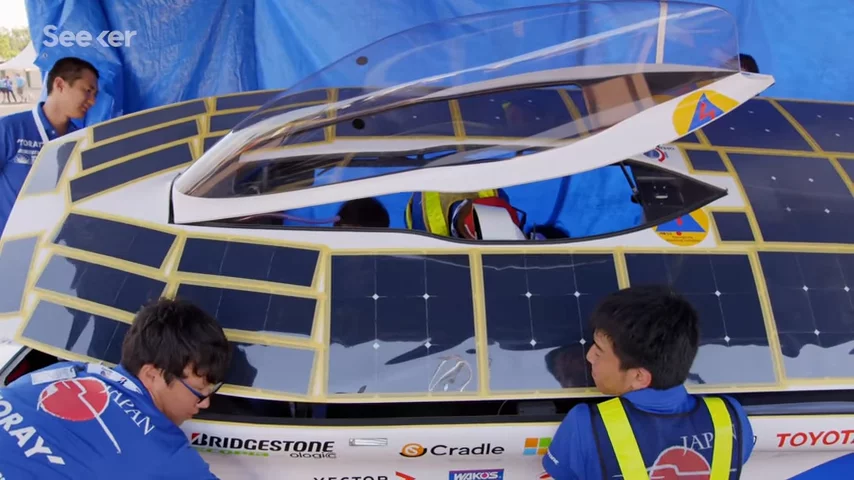 In an effort to create a smooth flow of air across their race car, some teams even use an innovative film wrap coating called "shark skin" to better redirect air flow and improve their car's aerodynamics.
In an effort to create a smooth flow of air across their race car, some teams even use an innovative film wrap coating called "shark skin" to better redirect air flow and improve their car's aerodynamics.
The concept of drag coefficient can be a little bit abstract. So it might be useful to think of the drag coefficients of some everyday objects, like a brick. A brick has a drag coefficient of about one. Not very aerodynamic as you'd guess. In fact, the most aerodynamic shape that we know is the teardrop with a drag coefficient of about 0.05 Think about some other objects, the... A 1996 Dodge Caravan has a drag coefficient of about 0.35.
A brick with its blocky shape and its rough surface encounters greater resistance when it's moving through the air than, say, a smooth aerodynamic teardrop. In the same way, a boxy minivan encounters greater resistance than a sleek solar racer with a lower drag coefficient.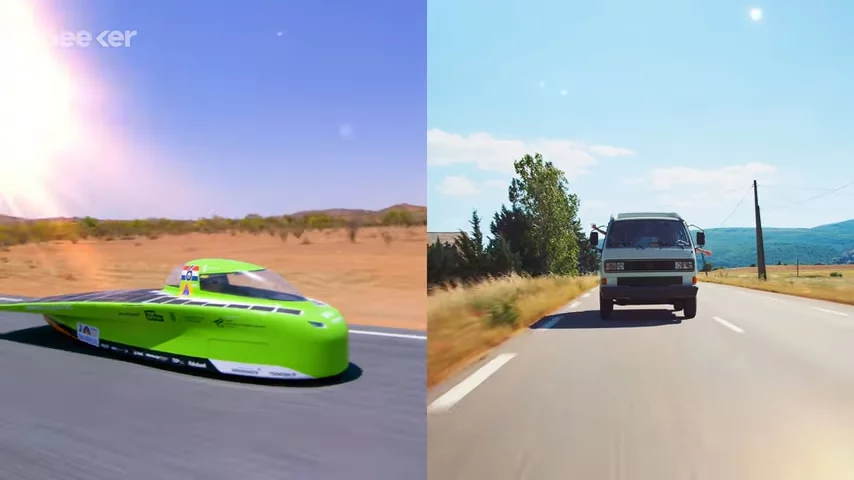 The Stanford solar team wouldn't share Black Mamba's actual drag coefficient.
The Stanford solar team wouldn't share Black Mamba's actual drag coefficient.
I get it. I mean, in a race as competitive as the World Solar Challenge, letting the competition know just how aerodynamic your car is is, you know, probably not a good idea. But the Stanford team did confirm that their new racer is sleeker and more aerodynamic than the past designs.
The multi-fairing design has been widely used by many solar racers throughout the decades, including all of the winners of the World Solar Challenge going all the way back to the very first race in 1987.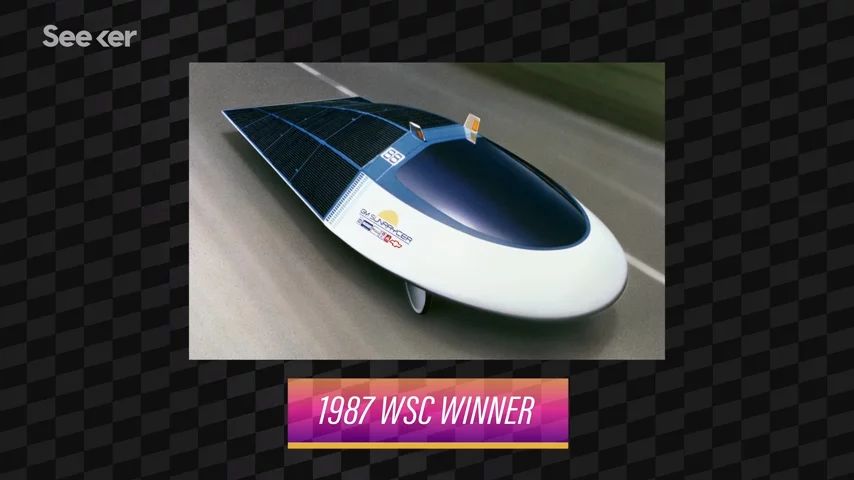 And, spoiler alert, the winner of last year's race, you guessed it, another multi-fairing catamaran design. So why is a multi-fairing design so successful, even though it may not be as aerodynamic as the bullet design?
And, spoiler alert, the winner of last year's race, you guessed it, another multi-fairing catamaran design. So why is a multi-fairing design so successful, even though it may not be as aerodynamic as the bullet design?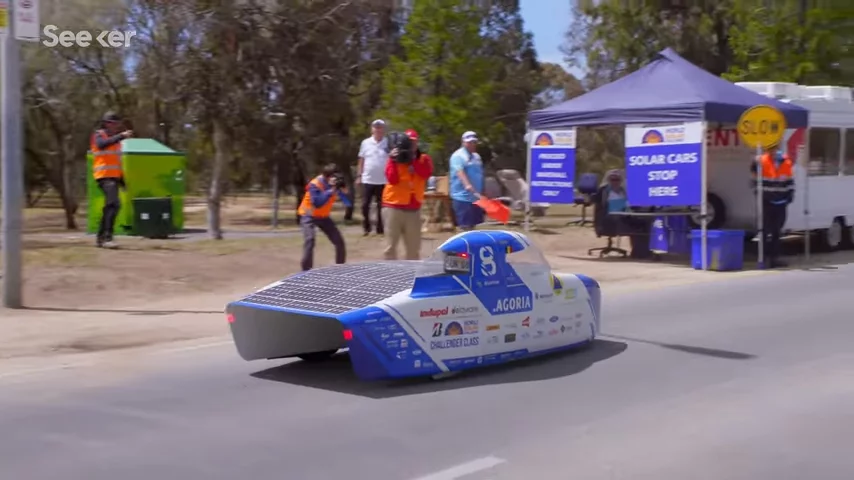 I think there is two main disadvantages to a bullet car. In terms of stability, it improves the aerodynamics if you have the wheels closer together, but the trade-off to that is as you move your wheels closer together, it's a lot easier to tip your car over. The other problem is with the array size.
I think there is two main disadvantages to a bullet car. In terms of stability, it improves the aerodynamics if you have the wheels closer together, but the trade-off to that is as you move your wheels closer together, it's a lot easier to tip your car over. The other problem is with the array size.
Compared to a sleeker, single fairing bullet car, the catamaran is wider, and it has more room to fit a larger solar array. This ability to generate more energy combined with greater stability tends to make for a winning combination.
So while the bullet design does allow for a smoother air flow and improved drag, which can translate into greater efficiency and potentially faster speeds, it hasn't quite translated into taking home the trophy. At least not yet.
Fun fact here. Many race cars, not just solar racers, are actually designed to have a higher drag coefficient than minivans. Yeah, that's right. Formula One designers deliberately increase drag to help counteract upward lift and improve traction and maneuverability.
The Stanford Solar Car team plans to stick with Black Mamba's sleek bullet design while continuing to improve their solar racer's aerodynamics. And their goal is winning the next World Solar Challenge. But the drive to innovate goes far beyond the next race.
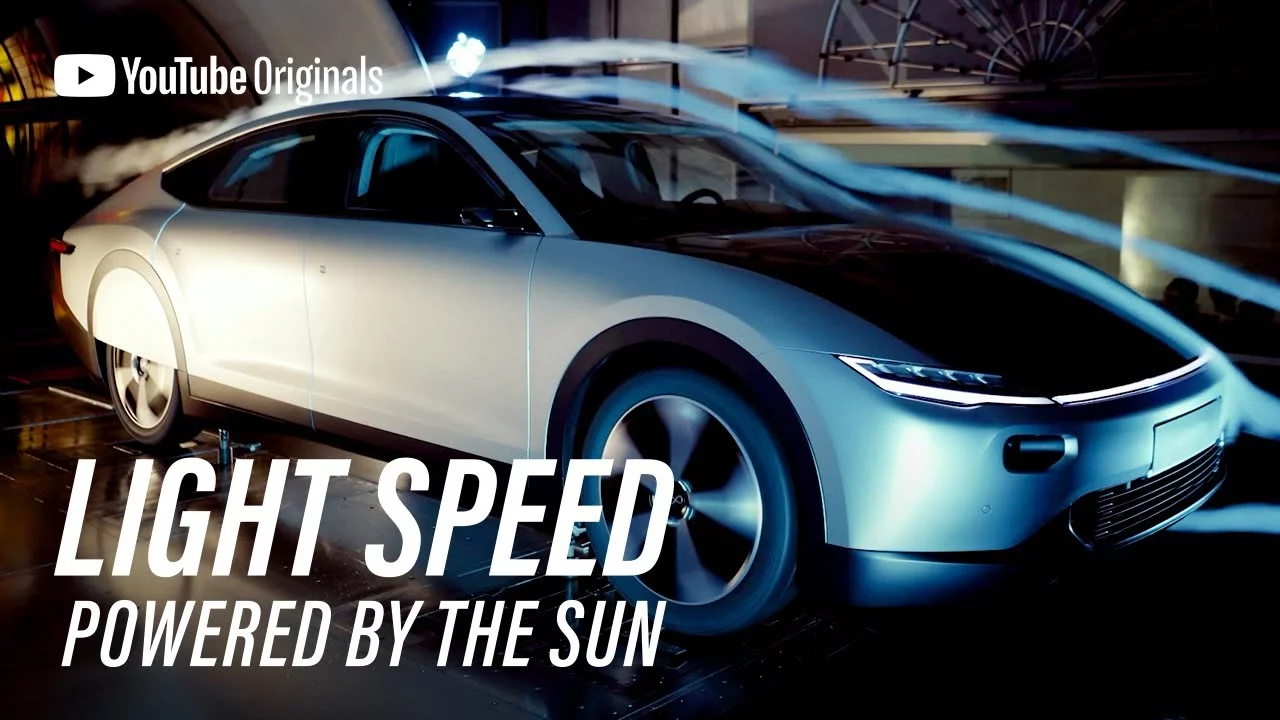

No comments yet